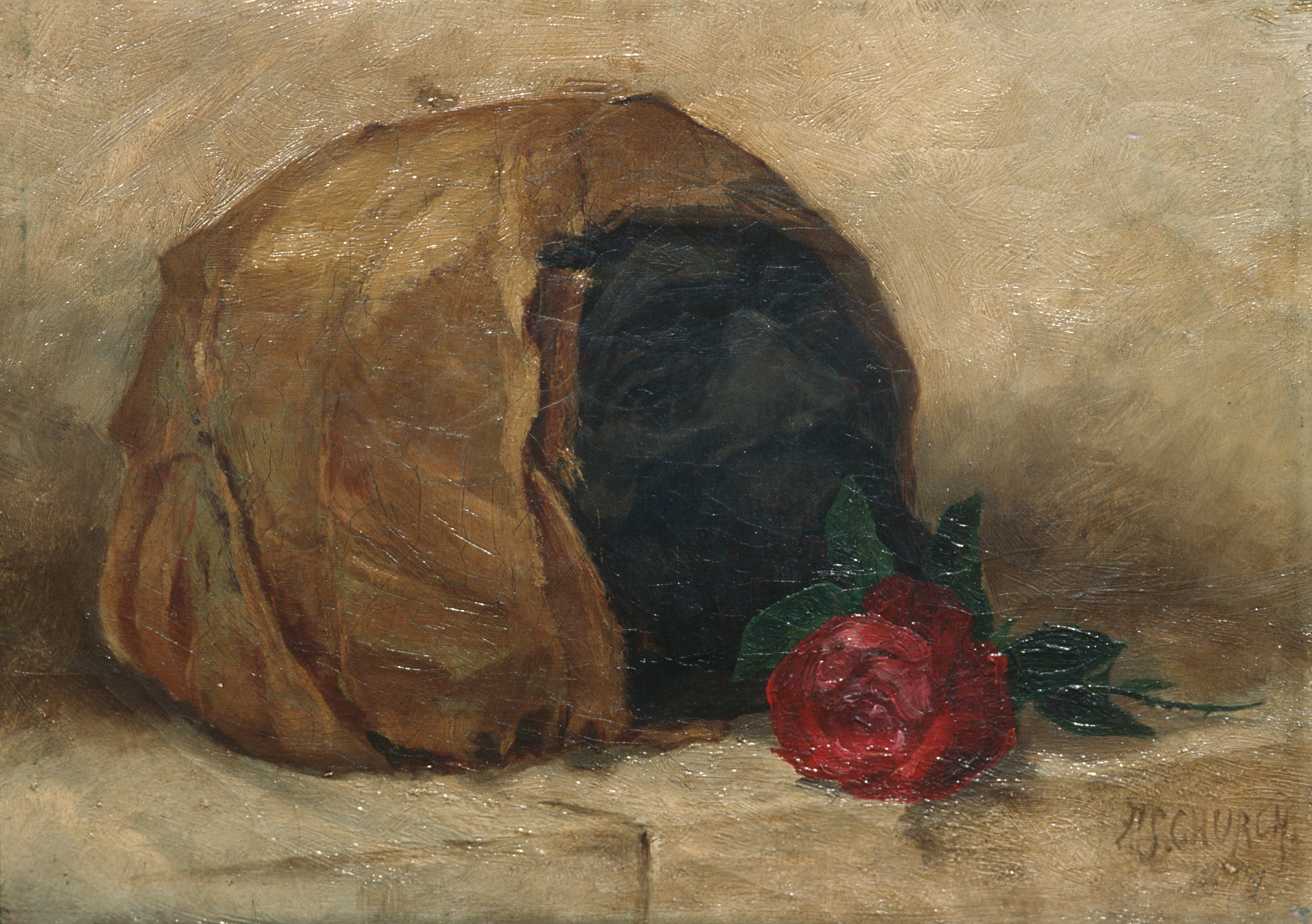Blossom and Decay, Frederick Stuart Church
Artwork Overview
Frederick Stuart Church, artist
1842–1924
Blossom and Decay,
1880s
Where object was made: United States
Material/technique: oil; canvas
Dimensions:
Canvas/Support (Height x Width x Depth): 26.6 x 36.5 cm
Canvas/Support (Height x Width x Depth): 10 1/2 x 14 3/8 in
Frame Dimensions (Height x Width x Depth): 16 7/8 x 20 7/8 x 1 3/4 in
Canvas/Support (Height x Width x Depth): 26.6 x 36.5 cm
Canvas/Support (Height x Width x Depth): 10 1/2 x 14 3/8 in
Frame Dimensions (Height x Width x Depth): 16 7/8 x 20 7/8 x 1 3/4 in
Credit line: Museum purchase: Friends of the Art Museum
Accession number: 1980.0032
Not on display
If you wish to reproduce this image, please submit an image request





